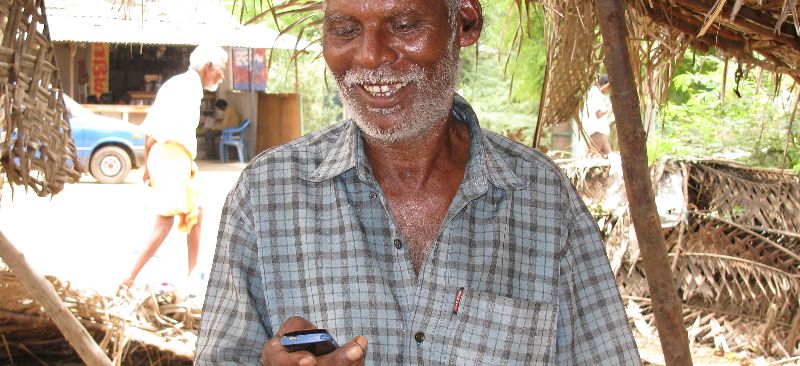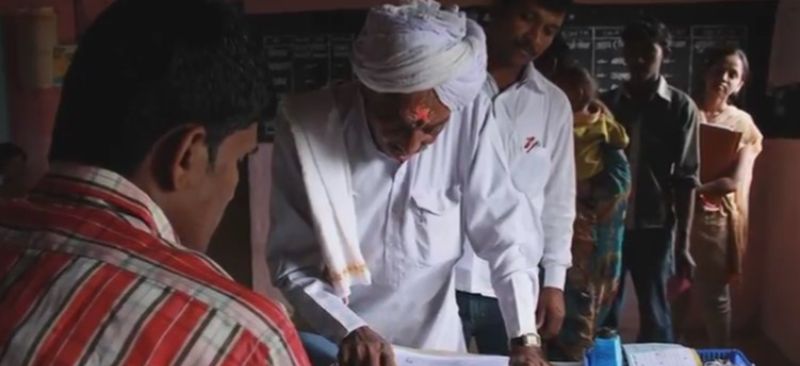In this video Michael McCaffrey, Financial Inclusion Technical Specialist, Pacific Financial Inclusion Program (PFIP), talks about the design of a suite of products such as remittances, savings, and micro-insurance for low income people. Explaining it approaches, he says at the Macro level in alliance with Alliance for Financial Inclusion, they are developing policies and regulations to strengthen financial landscape in Pacific Islands. On micro-level, PFIP is working with service providers such as mobile operators and credit unions. On client side, PFIP is working with Australian agency to create national curriculum programme to incorporate financial education at school level.
Blog
Mobile Money In The Pacific Islands 1
In this video Michael McCaffrey, Financial Inclusion Technical Specialist, Pacific Financial Inclusion Program (PFIP), talks about the specific challenges of improving financial inclusion in remote island states. He shares the PFIP experience with mobile banking and explains how commercial banks can help improve the financial infrastructure. Michael notes that the needs of various island countries are different in terms of remittance, savings and credit products. He further highlights how mobile banking can offer this wide variety of services to such consumers.
Speculation on the Future of Financial Services for the Poor in India
In the long-term, as multiple products are offered across the mobile money platforms, this will revolutionise financial inclusion, and the poor will have access to savings, remittances, payments, insurance, individual cashflow-based loans and air time top-up, plus a host of other services through agents based with a few yards of their houses. It is the deepening of this relationship that will allow the banks to better manage credit risk, and thus begin to make small advances to customers on the basis of their savings/insurance histories. The stage in India is set for very significant change …
Mobile Banking: Focus on Savings
In this video Bob Christen, Director, Bill & Melinda Gates Foundation talks about the strategy of the Foundation in mobilising savings account for people who live on less than 2 dollars a day. Bob explains the various agent models that could support savings services. He says the successful mobilisation of small-scale savings requires dramatic reductions of transaction costs where mobile banking and electronic payment platforms play a central role. Talking about the opportunities ahead, Bob says many countries are thinking how banks can utilise retail networks to provide financial services and mobile phones is the way ahead.
Mobile Banking: Why are We Evolving to Mobile Money Marketing?
In this video, Evelyn Stark, Senior Program Officer, Bill & Melinda Gates Foundation, talks about the importance of marketing in successful mobile-money deployments. Evelyn discusses the features of marketing of mobile money to consumers which includes awareness of services, agents, documents required etc
The Andhra Pradesh Crisis: Clients’ Perspective
This Note focuses exclusively on clients’ perspectives, before and after the crisis, gathered by the MicroSave team at various points of time, in a wide variety of locations, across Andhra Pradesh after the crisis broke in October 2010. The credit discipline, which was carefully nurtured by MFIs has been almost completely eroded. The implications for the credit risk associated with lending to the poor in India, whether through joint liability groups or through SHGs, are enormous.

